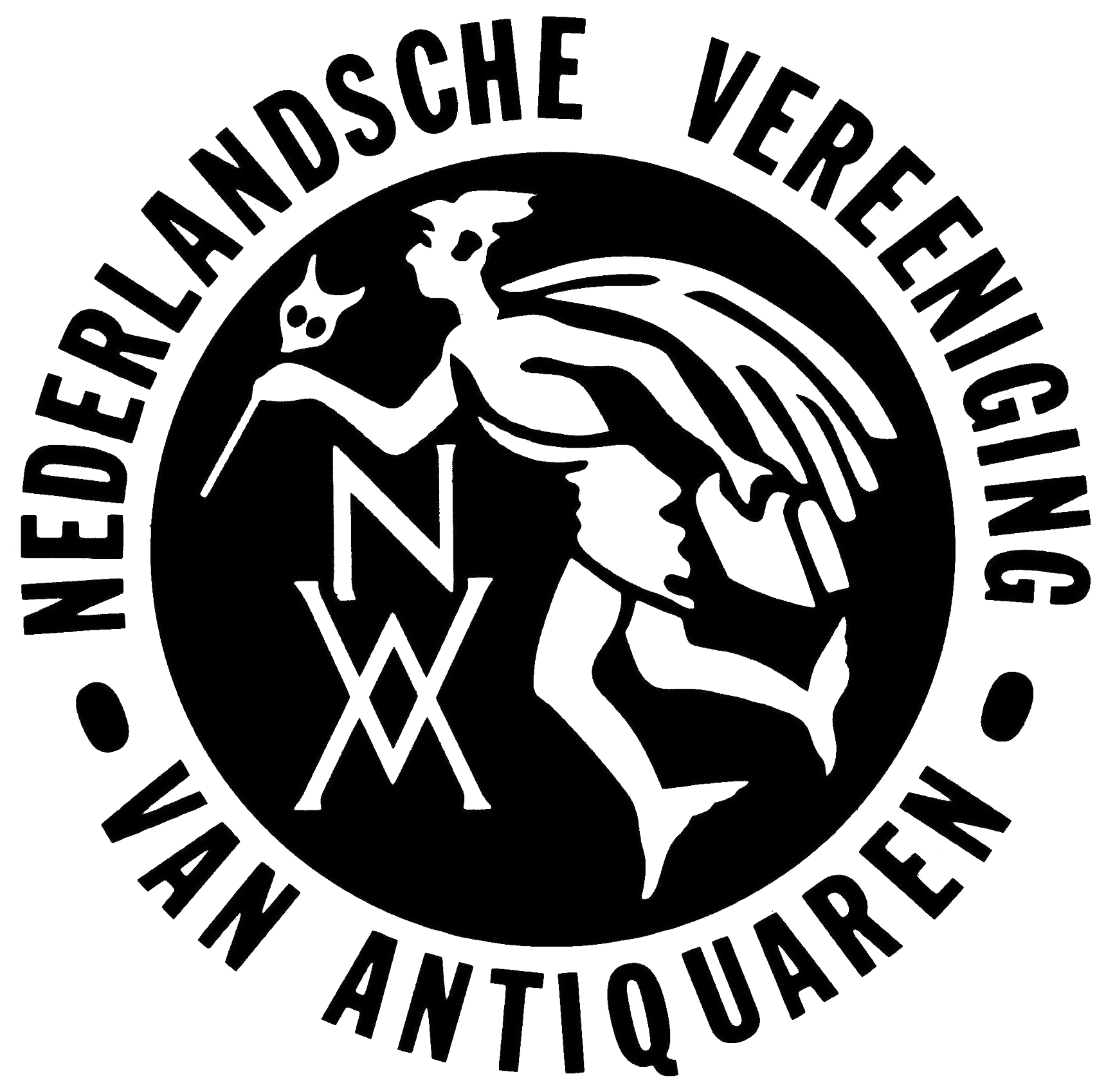Eclipsing the famous Challenger expedition
Siboga Expedition (M. W. C. Weber, ed.)
Résultats des explorations zoologiques, botaniques, océanographiques et géologiques entreprises aux Indes Néerlandaises Orientale en 1899-1900, à bord du Siboga sous le commande de G. F. Tydeman, publiés par Max Weber. Livraison 1-148. [All published].
Published
1901-1986
Item ID
51581
€9,500.00
Leiden, E. J. Brill, 1901-1986. Large 4to (ca. 33.0 x 27.0 cm); more than 1,200 plates (188 in colour) including lithographed and chromolithographed plates, some etchings and photographic plates. Partly original printed wrappers, partly blind wrappers.
Very rare complete set of the results of the largest oceanographic expedition in Indonesian waters, which are renowned for their unsurpassed biodiversity. The expedition was initiated and lead by the Dutch biologist Max Wilhelm Carl Weber (1852-1937). "On 1 November 1898 the Siboga was officially commissioned and left for the Dutch East Indies the same day. On 7 February 1899 the ship arrived in Batavia and sailed on 11 February to the naval port of Surabaya on East Java. After the final preparations there (including the removal of all other armament) the expedition to investigate the marine fauna and flora of the Indonesian Archipelago, as Max Weber described it, began on 7 March 1899. When the Siboga returned to Surabaya on 26 February 1900 at the end of the expedition, the ship had crossed an area of 1200 miles (1900 km) in a north-south direction and 1500 miles (2400 km) in an east-west direction, covering a distance of more than 12,000 nautical miles (22,000 km). [map of the route of the Siboga] In total, 181 fishing trips were made with the trawl or dredge, during which depth measurements were also taken. In addition, other types of nets, such as the trawl, were used at 103 positions and bottom samples were taken at 96 positions. Although the expedition was primarily focused on the deep sea of the Indonesian Archipelago, shallow waters, coral reefs and beaches were also investigated. And Weber and his companions also made regular land excursions, during which they did not fail to search, if appropriate, sometimes successfully for (scientifically) unknown species at local fish markets! The expedition journal includes a total of 323 so-called ‘measuring stations’, i.e. sea and land locations where the applicable observations, catches or finds have been formally recorded. During the expedition, a number of times a port was called at, for provisions and bunkering of coal, but also to send the already collected specimens, preserved and packed in glass jars and zinc boxes, to the Zoological Laboratory of the University of Amsterdam. There, as Weber was later able to ascertain to his great joy, they always arrived virtually undamaged. The enormous catch of zoological, botanical and geological material that the Siboga Expedition yielded was the work of four scientists. No fewer than 61 scientists (54 zoologists, 4 botanists, 2 geologists and 1 hydrographer) from 10 countries subsequently examined and described the collected material over a period of many decades. The results were published in 148 monographs (or 'Livraisons'). The first appeared in 1901, the (probably) last in 1986." (Dutch Wikipedia). Nearly 50 percent of the species described are new to science (for example, 131 new species of fishes). The Siboga results include even more species than those of the famous Challenger Expedition. Arguably, this is te most important Dutch contribution to oceanography and hydrobiology ever. Published over a very long period and, therefore, rarely found complete.
read more
Papers are in German, English, or French. Three plates (in Part 72) in photostat. Some wrappers slightly damaged, a few with some staining to the interior, otherwise a very good set. Not in Nissen, which is downright ridiculous.
read less
![Résultats des explorations zoologiques, botaniques, océanographiques et géologiques entreprises aux Indes Néerlandaises Orientale en 1899-1900, à bord du Siboga sous le commande de G. F. Tydeman, publiés par Max Weber. Livraison 1-148. [All published].](https://schierenberg.nl/media/cache/product_thumb/51581/51581_x.jpg)



